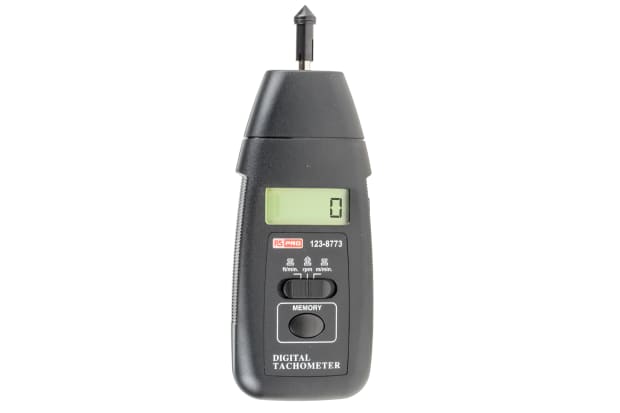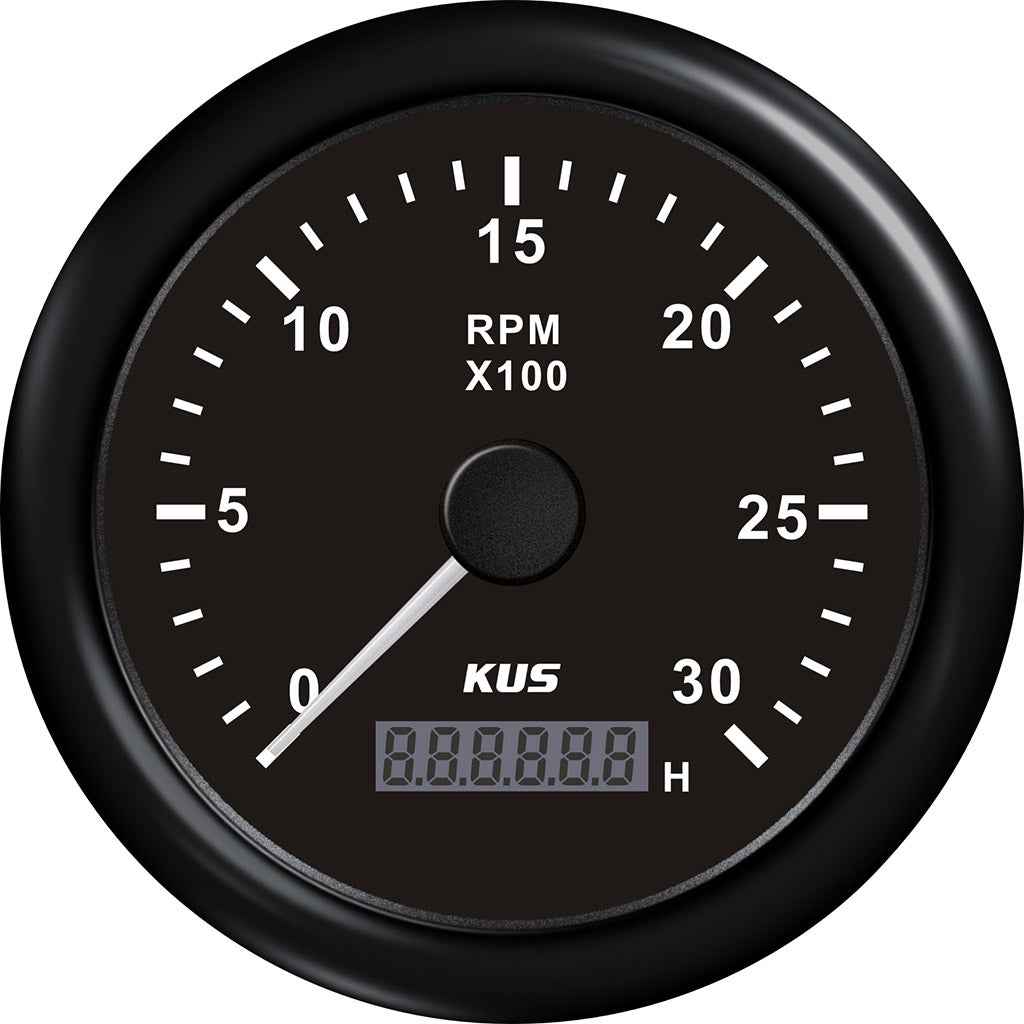How to Select the Right Tachometer for Your Cars And Truck or Bike
The Significance of a Tachometer in Checking Engine Speed and Efficiency in Automotive Applications
In the realm of vehicle engineering, the tachometer stands as an essential instrument in the motorist's arsenal, supplying a straight window right into the inner functions of a lorry's engine. Beyond its feature as a plain gauge of transformations per min (RPM), the tachometer works as an important device for enthusiasts and experts alike, supplying real-time insights into engine efficiency and wellness. Understanding the relevance of this tool goes beyond surface-level observations, diving right into the intricate connection in between engine rate, power result, and overall driving experience. As we check out the diverse duty of the tachometer in automotive applications, a deeper recognition for its influence on lorry dynamics and efficiency begins to emerge.
Relevance of Monitoring Engine RPM
Checking engine RPM, or transformations per minute, is a critical facet of automobile upkeep and efficiency evaluation. Engine RPM straight correlates with the rate at which the engine's crankshaft turns, showing exactly how quickly the engine is running.
In addition, keeping an eye on engine RPM is important for efficiency assessment in auto racing and high-performance cars. Keeping optimal RPM degrees is essential for attaining peak power output and velocity. Racers frequently make use of tachometers to ensure they are operating within the ideal RPM variety for optimum performance. In recap, monitoring engine RPM is not only crucial for spotting concerns but likewise for maximizing engine performance in different auto applications.

Benefits of Real-Time Data
In vehicle applications, real-time data plays an important duty in offering immediate understandings into the efficiency and problem of the lorry. By continually monitoring various parameters such as engine speed, temperature, gas intake, and more, real-time information supplies countless advantages that add to boosted performance and security on the roadway.
One considerable advantage of real-time data is its ability to alert drivers and technicians to any kind of abnormalities or problems immediately. This positive approach enables fast recognition of prospective problems, enabling prompt interventions to stop further damages or malfunctions. Furthermore, real-time data promotes efficiency optimization by offering immediate responses on driving practices and engine efficiency. Vehicle drivers can readjust their habits in real-time based upon this info to achieve far better fuel economy and lengthen the lifespan of their lorry.

Moreover, real-time data plays an essential function in modern-day automotive diagnostics, allowing technicians to swiftly detect and deal with breakdowns. This leads to decreased downtime, reduced upkeep costs, and eventually, boosted overall automobile integrity and longevity (tachometer). By taking advantage of the power of real-time data, auto stakeholders can make informed decisions that positively influence both the efficiency and longevity of the lorry
Effect On Equipment Shifts
Efficient gear shifts in automotive applications substantially affect general performance and driving experience. The tachometer plays a critical role in optimizing gear shifts by offering real-time engine rate information to the vehicle driver. When coming close to the redline on the tachometer, it signals the driver to upshift to avoid over-revving the engine and triggering prospective damage. On the other hand, downshifting at the best moment can assist preserve the engine in its power band, guaranteeing receptive velocity when required.
In anonymous addition, the tachometer help in accomplishing smoother gear transitions, particularly in hand-operated transmissions. By checking engine rate, chauffeurs can perform gear changes at the ideal RPM range, reducing snagging movements and reducing wear on the transmission parts. This accuracy in gear changes not just improves driving comfort yet likewise adds Discover More Here to sustain effectiveness.
Enhancing Fuel Performance
Offered the vital role the tachometer plays in maximizing gear changes for efficiency and engine health, it straight adds to taking full advantage of fuel performance in automobile applications. By giving real-time comments on engine speed, the tachometer helps drivers in keeping the most reliable RPM range for gas economy. When vehicle drivers regularly monitor the tachometer and readjust their driving routines accordingly, they can stay clear of unnecessary gas consumption brought on by over-revving or lugging the engine.
Additionally, the tachometer helps motorists recognize the most fuel-efficient equipment to be in at any given minute, preventing the engine from working tougher than necessary. This is especially crucial throughout velocity and travelling, where remaining in the right gear can dramatically impact fuel effectiveness. In addition, the tachometer can inform motorists to potential mechanical problems that might be negatively impacting gas directory economic climate, such as a sliding clutch or a clogged air filter. In conclusion, the tachometer offers as a beneficial device in enhancing fuel effectiveness by promoting ideal driving behaviors and recognizing locations for improvement in the vehicle's performance.

Making The Most Of Engine Longevity
The tachometer's role in monitoring engine rate and efficiency contributes in guaranteeing the durability of automotive engines. By utilizing the tachometer properly, vehicle drivers can enhance engine longevity via conscious RPM administration. Consistently revving an engine too expensive can result in excessive damage on important elements, such as the pistons, shutoffs, and bearings. Gradually, this can result in lowered engine efficiency and potential breakdowns. Keeping track of the tachometer permits motorists to stay within the suggested RPM range for their lorry, avoiding unneeded stress on the engine and extending its life expectancy.

Final Thought
Finally, the tachometer plays a critical function in monitoring engine rate and performance in vehicle applications. By providing real-time information on RPM, it enables effective gear shifts, boosted fuel performance, and taken full advantage of engine longevity. This tool is crucial for preserving optimum engine performance and making sure the overall performance of a lorry.